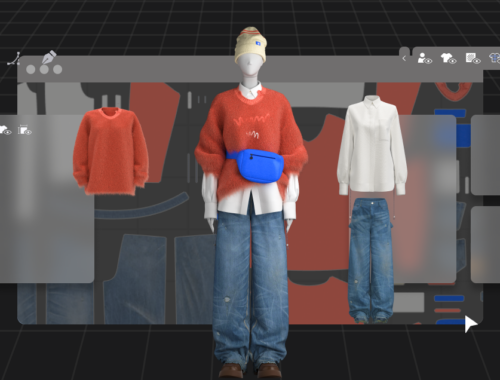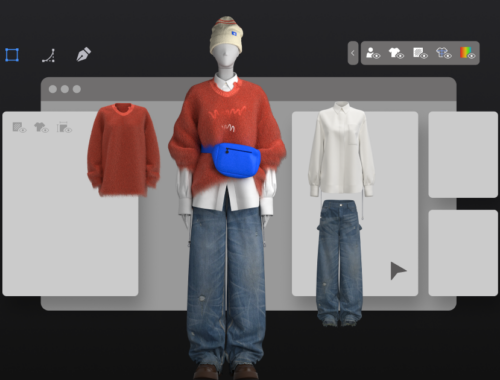Garmin Launches InReach Mini
>
The Garmin InReach has long been a staple of off-grid satellite communication. But it has always come with a trade-off: It has more functionality than other devices in the category (like the Spot Gen 3), but it’s bulkier and heavier.
No longer.
On Tuesday, Garmin announced the InReach Mini ($350), a device with almost all the functionality of the original InReach SE in a 3.5-ounce, palm-sized package. The Mini looks like a shrunken version of its predecessor: square with a small digital screen, chunky antenna, and a large SOS button on the side.
Like the original InReach, it’ll have auto location tracking at designated intervals (ten or 30 minutes), so friends and family can track you as you go; two-way messaging; access to maps, NOAA charts, and weather updates; and the ability to send an emergency rescue signal to GEOS, an international rescue coordination organization. Once you’ve alerted GEOS, they’ll notify local search and rescue and provide them with your exact location, message you with updates, and notify your designated emergency contact that a rescue is underway. The device also has a manual compass (though it's not digital, so you have to be moving in order to produce a reading).
How does the Mini do all this? By utilizing another tool that most of us take in our pack—a cellphone. Pair the Mini with your cellphone via Bluetooth, and your phone will act as an extension of the Mini (no cell service required), allowing you to send messages to all your phone contacts, as well as view maps, charts, and weather reports in the Earthmate app. You don’t need your phone to do everything, though. You can preset routes in the Earthmate app, including specific waypoints, and download those routes onto the Mini.
You’ll also be able to pair the Mini with certain Garmin sport watches, so you can view incoming texts and send preset messages from your wearable without having to unclip the Mini from your pack.
Garmin sacrificed relatively little in shrinking its technology into such a small device. Sure, the screen is smaller; the main buttons are on the side, which makes it harder to type messages; battery life is only 50 hours at the ten-minute tracking interval (the InReach SE has a 100-hour battery life with the same settings); the Mini doesn’t have a barometric altimeter, accelerometer, or on-screen topo maps. But synced with a Bluetooth-capable phone or Garmin sport watch, the Mini offers pretty much the same functionality.
Of course, the downside is that you need to use your phone to access all those features, whereas the InReach SE and Explorer+ work entirely phone-free. The older, bigger models are still great for folks who want all those functions in a single device, regardless of weightor for people who need the 100-hour battery life. But those who want something smaller and lighter, don’t need as much battery life, and don’t mind using their phone to access topo maps, the Mini could be the ideal tool.
The Mini announcement comes just a few weeks after the Kickstarter launch of a similar device called the Somewear Global Hot Spot, which offers two-way messaging, SOS functionality, auto locationtracking, and weather updates in a three-ounce package. It also uses Bluetooth connectivity to turn the user’s cellphone into a satellite communication device. The Somewear device will retail for $300, and its satellite subscriptions will almost match Garmin’s. (Garmin subscriptions are cheaper if you sign on for a full year, though more expensive if you pay monthly.)
We haven’t tested the Mini yet, but we’re intrigued by the potential for a satellite communications device that loses weight without losing utility and integrates with many of the other tech items that are staples in our packs and on our wrists.
You May Also Like

China’s Leading Pool Supplies Manufacturer & Supplier
March 25, 2025
AI in Fashion: Revolutionizing Design, Shopping, and Sustainability
February 28, 2025